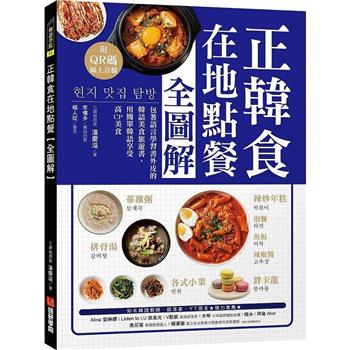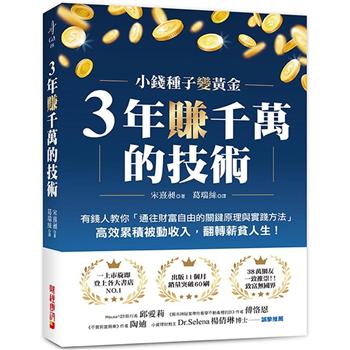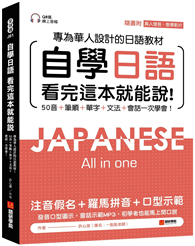| FindBook |
|
有 2 項符合
知桐法師的圖書 |
 |
$ 810 ~ 855 | Buddha-Dharma: Pure and Simple New Edition 1-3:佛法真義 A 21st Century Guide to Buddhist Teachings
作者:星雲大師(Venerable Master Hsing Yun) / 譯者:知桐法師(Venerable Zhi Tong) 出版社:佛光 出版日期:2024-09-06 語言:繁體中文 規格:精裝 / 1264頁 / 14.8 x 21 x 7.5 cm / 普通級/ 單色印刷 / 二版  共 4 筆 → 查價格、看圖書介紹 共 4 筆 → 查價格、看圖書介紹
|
 |
$ 225 ~ 238 | Buddha-Dharma: Pure and Simple 06:佛法真義
作者:Venerable Master Hsing Yun / 譯者:知桐法師;ROXANNE PANG 出版社:佛光文化 出版日期:2023-09-29 規格:21cm*14cm*1.3cm (高/寬/厚) / 初版 / 平裝 / 256頁  共 5 筆 → 查價格、看圖書介紹 共 5 筆 → 查價格、看圖書介紹
|
|
|
法師
法師爲梵語輸入詞,原指佛教研習佛法經藏的僧侶,如同研習律藏、戒律的僧侶爲律師,是一類宗教身份稱呼,後來逐漸演變為佛教僧侶的代名詞,同時道教加以吸收,也稱精通、研習道教經文者爲法師;民俗文化中也用以翻譯西方傳說中的魔法巫師。
 維基百科
維基百科
|










